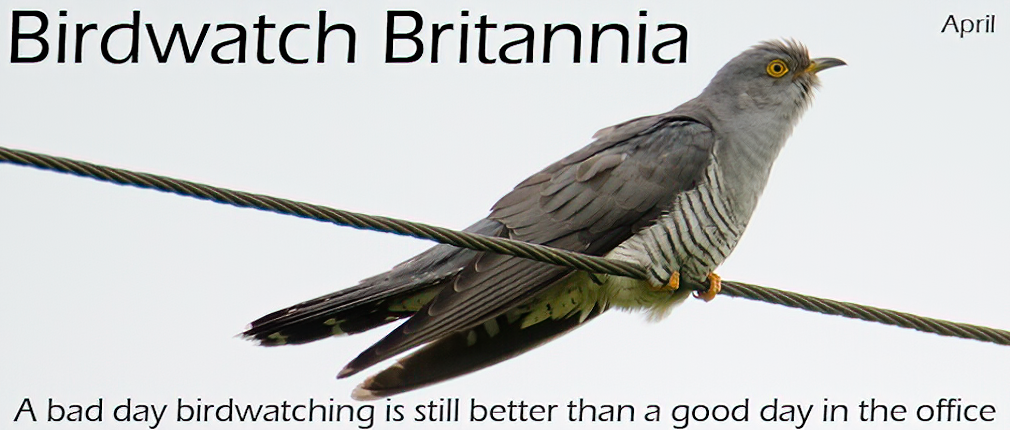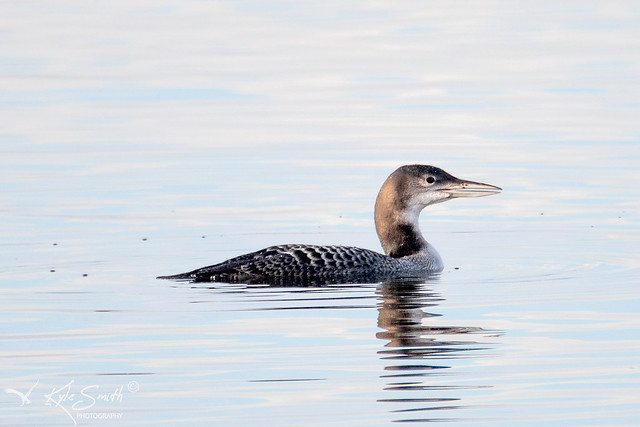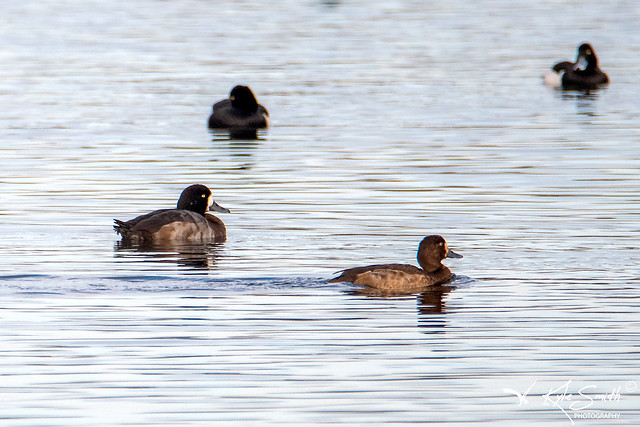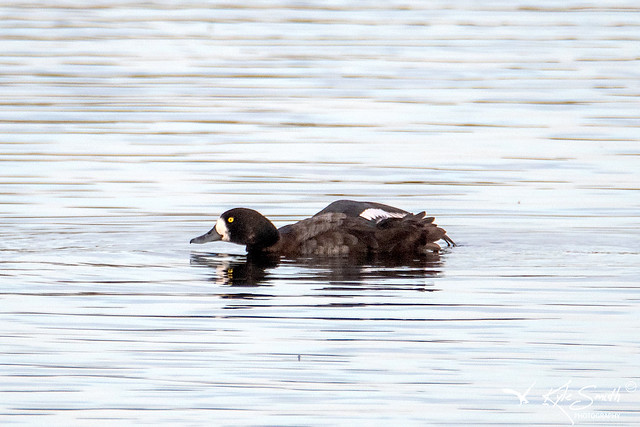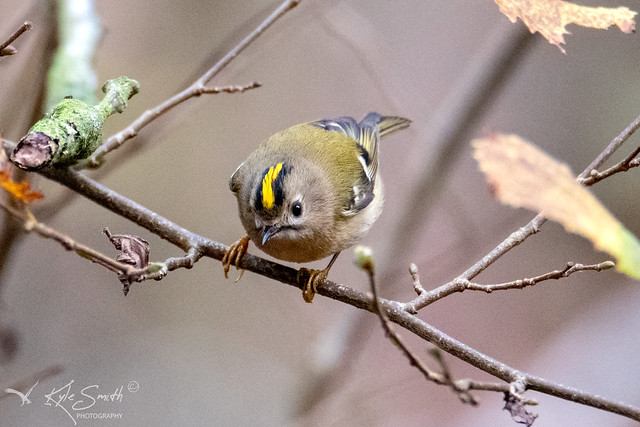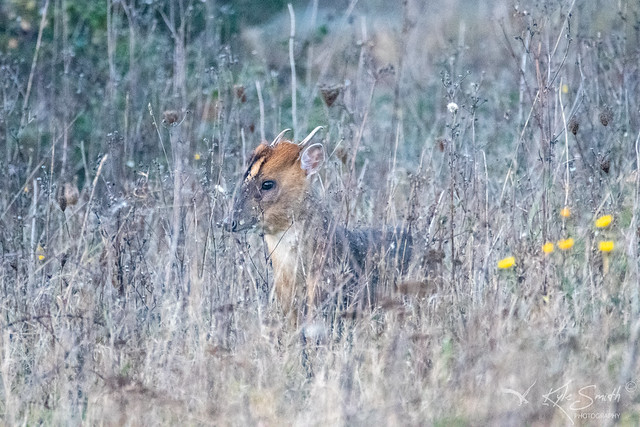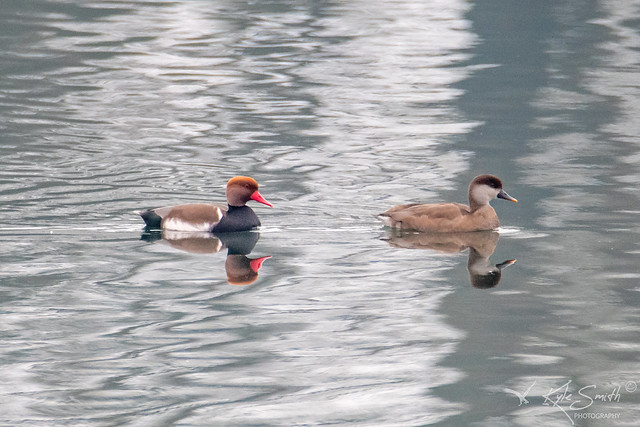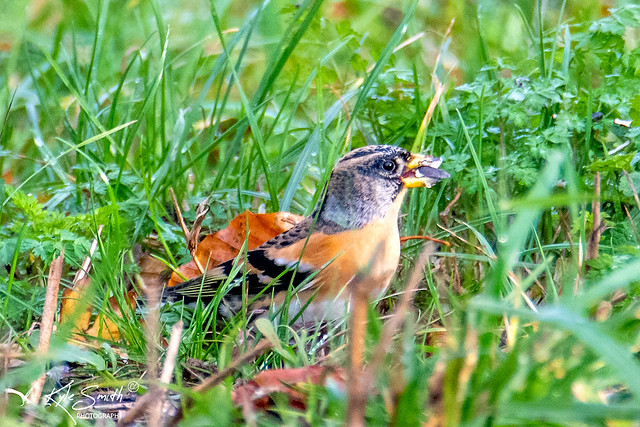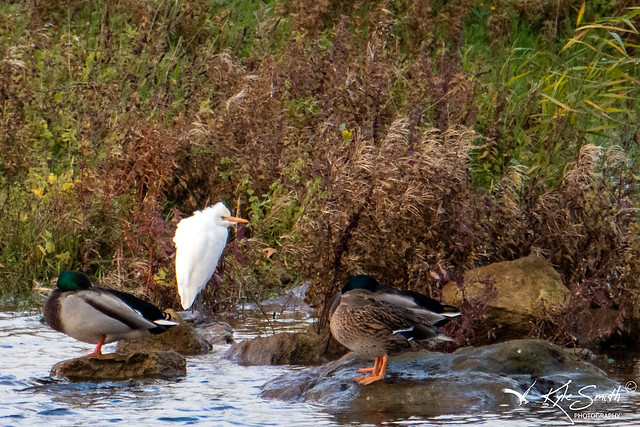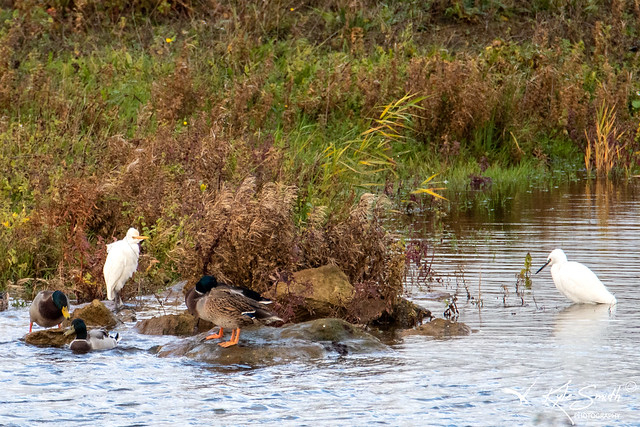Busy doesn't really cover the last week and so an opportunity to get out after 10 days was well received. A choice of Farmoor Reservoir seemed to be right. In the car park we chatted to a regular who was heading off to look at the winter thrushes by the river and see if there was anything unusual with them. We popped on our walking boots and set off onto the reservoir. We stopped by the left side of the marina and soon were on the great northern diver.
Eventually we were left trying to work out how long it could stay under - sometimes it was down fro minutes but this was just ridiculous. Looking out in the distance we picked out the GND - what a passage to get out there on its last dive!
We opted to set out across the causeway, hoping to catch up with the GND on our return. We reached the end of the causeway and located the scaup, hanging out with tufted duck.
We set off round F2 to make for a longer walk and at the turn to head down to Shrike Meadow we stopped to see a mixed tit flock, a great spotted woodpecker and several dunnock.
In the trees over the perimeter fence we saw a flock of c.20 fieldfare, and a chiffchaff. There was also a cormorant fishing party having great sucesss and surfacing with a range of fish from small to something I may have considered for my own dinner!
There were an increasing number of walkers and fisherman and by the time we got back to the Visitor Centre the GND had been chased off and replaced by little grebe.
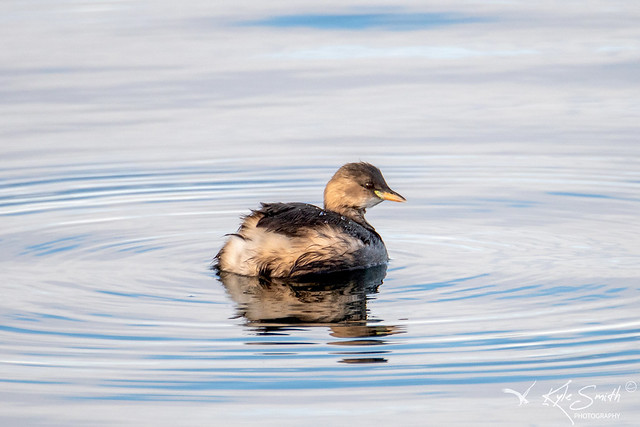 Sightings (29) included: black-headed gull, blackbird, blue tit, carrion crow, chaffinch, chiffchaff, coot, cormorant, dunnock, fieldfare, goldfinch, great black-backed gull, great crested grebe, great northern diver, great spotted woodpecker, greylag goose, herring gull, little egret, little grebe, long-tailed tit, magpie, mallard, mute swan, pied wagtail, robin, rook, scaup, tufted duck and woodpigeon.
Sightings (29) included: black-headed gull, blackbird, blue tit, carrion crow, chaffinch, chiffchaff, coot, cormorant, dunnock, fieldfare, goldfinch, great black-backed gull, great crested grebe, great northern diver, great spotted woodpecker, greylag goose, herring gull, little egret, little grebe, long-tailed tit, magpie, mallard, mute swan, pied wagtail, robin, rook, scaup, tufted duck and woodpigeon.
